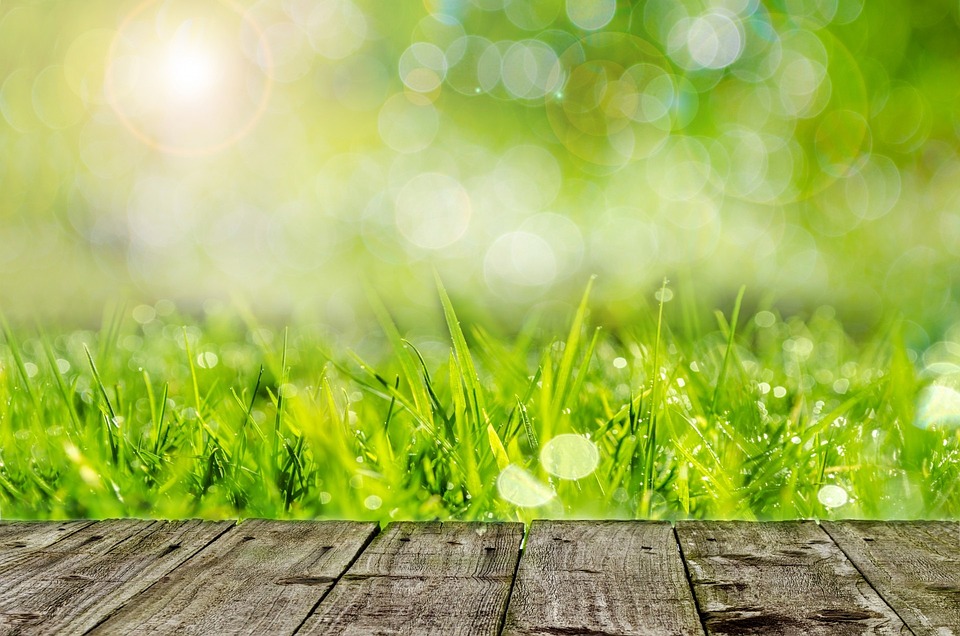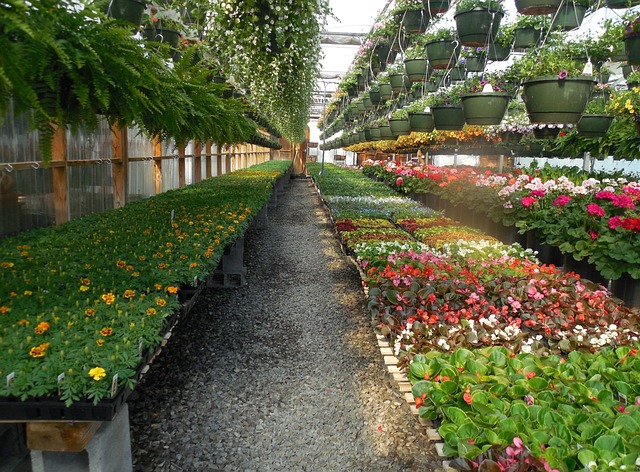All Categories
Featured
Table of Contents
- – Container Gardening for a Zen Garden
- – Creative Ideas for Repurposing Containers in t...
- – Container Gardening with Succulents
- – Choose the Right Container
- – Use Well-Draining Soil
- – Provide Adequate Sunlight
- – Water Sparingly
- – Arrange with Variety
- – Related Products:
- –
- –
- –
- – Herb Planters: The Best Plants for Hanging Ba...
Container Gardening for a Zen Garden
Container gardening can be a great way to create a peaceful and calming Zen garden in any space. Zen gardens are known for their simplicity and focus on natural elements, and containers are the perfect way to achieve this aesthetic. One of the key elements of a Zen garden is the use of rocks and gravel to represent water or the ocean. In a container garden, you can incorporate this element by using a shallow container filled with smooth stones or gravel. Arrange the stones in patterns, ripples, or waves to create a sense of tranquility and serenity. Another essential element of a Zen garden is the use of plants that symbolize nature and simplicity. Consider using bonsai trees, moss, or bamboo in your container garden to create a Zen-like atmosphere. These plants are known for their minimalistic beauty and can add an elegant touch to your space. To further enhance the Zen ambiance, you can add small statues or ornaments that represent spirituality or meditation. Choose items such as Buddha statues, wind chimes, or lanterns to create a sense of peace and mindfulness. When designing your Zen container garden, it's essential to create a sense of balance and harmony. You can achieve this by arranging your plants and decorations in a symmetrical or asymmetrical manner. Use different heights and textures to add depth and interest to your garden. Overall, container gardening offers a versatile and accessible way to create a beautiful Zen garden. With careful selection of plants, rocks, and decorations, you can transform any space into a peaceful and serene oasis. So why not start your own Zen container garden and bring a sense of calm and tranquility to your daily life?
Creative Ideas for Repurposing Containers in the Garden
When it comes to container gardening, the options are endless. You don't have to limit yourself to traditional plant pots or hanging baskets. In fact, one of the most fun and creative aspects of container gardening is finding unique and unexpected vessels to use as planters. One idea for repurposing containers is to use old teapots or coffee mugs. These can add a whimsical touch to your garden and make for interesting conversation starters. You can also use vintage buckets, watering cans, or even old wheelbarrows as planters. Not only do these containers add character to your garden, but they can also be a great way to upcycle and give new life to items that might otherwise end up in the trash. Another creative idea is to use old furniture pieces as planters. For example, you can turn an old dresser drawer into a vertical planter by adding dividers and filling each section with soil and plants. This can be a beautiful and unique way to display your favorite flowers and greenery. Old wooden crates can also be repurposed into raised garden beds or used as a base for a container garden. The possibilities are endless, and using repurposed containers adds a touch of charm and personality to your garden. To add a touch of whimsy to your garden, consider using children's toys as planters. Old dollhouses, wagons, or toy trucks can be filled with soil and planted with small flowers or succulents. This is a great way to get kids involved in gardening and spark their creativity. Plus, it's a fun and unexpected way to display plants in your garden. When repurposing containers for gardening, make sure to consider drainage. Most plants need well-draining soil to thrive, so be sure to drill holes in the bottom of your containers or add a layer of gravel to ensure proper drainage. Additionally, be mindful of the size and shape of the container you choose, as it should accommodate the root system and growth of your plants. So, the next time you're looking to add some unique flair to your garden, consider repurposing containers. You'll not only create a one-of-a-kind space but also help reduce waste by giving new life to old items. It's a win-win for both your garden and the environment.
Container Gardening with Succulents
Container gardening with succulents is a popular choice for many gardeners. Succulents are known for their ability to thrive in dry and arid conditions, making them perfect for containers. Plus, they come in a variety of shapes, sizes, and colors, allowing you to create unique and beautiful arrangements. Here are some tips for successful container gardening with succulents:
Choose the Right Container
When selecting a container for your succulents, it's important to choose one with good drainage. Succulents are prone to root rot if they sit in moisture for extended periods of time. Look for containers with drainage holes at the bottom to ensure excess water can escape.
Use Well-Draining Soil
Succulents require well-draining soil to prevent root rot. Use a mixture of potting soil and perlite or sand to create a well-draining medium. This will allow excess water to flow through the soil and away from the roots.
Provide Adequate Sunlight
Succulents thrive in bright, indirect sunlight. Place your containers in an area that receives at least six hours of sunlight per day. If you're growing succulents indoors, place them near a sunny window or use grow lights to provide adequate light.
Water Sparingly
Succulents are drought-tolerant plants that store water in their leaves and stems. Therefore, they don't require frequent watering. Allow the soil to dry out completely between waterings, and be careful not to overwater.
Arrange with Variety
One of the joys of container gardening with succulents is the ability to create unique and eye-catching arrangements. Mix and match different types of succulents to create contrast in color, texture, and height. Consider using trailing succulents to cascade over the edge of the container for added visual interest.
Overall, container gardening with succulents is a great way to incorporate these low-maintenance plants into your garden or home. With the right container, soil, sunlight, and watering practices, you can enjoy the beauty of succulents in your own space.
Related Products:
Soil Composition: Container Gardening: How to Maximize Your Harvest

Soil Composition Container Gardening: How to Maximize Your Harvest
More about Gardening Conatiner Gardening Hanging Baskets: Readers Choice
Herb Planters: The Best Plants for Hanging Baskets
Container Gardening: How to Maximize Your Harvest
© 2023 Gardening Container Gardening Hanging Baskets - Gardening Container Gardening Hanging Baskets All Rights Reserved.
Table of Contents
- – Container Gardening for a Zen Garden
- – Creative Ideas for Repurposing Containers in t...
- – Container Gardening with Succulents
- – Choose the Right Container
- – Use Well-Draining Soil
- – Provide Adequate Sunlight
- – Water Sparingly
- – Arrange with Variety
- – Related Products:
- –
- –
- –
- – Herb Planters: The Best Plants for Hanging Ba...
Latest Posts
Topical Cluster Map: New Bridge Education Consulting: Your Partner in College Application Essay Assistance
Dedicated: Supercharge Your WordPress Website with Dedicated VPS Hosting
Herb Planters: The Best Plants for Hanging Baskets
More
Latest Posts
Topical Cluster Map: New Bridge Education Consulting: Your Partner in College Application Essay Assistance
Dedicated: Supercharge Your WordPress Website with Dedicated VPS Hosting
Herb Planters: The Best Plants for Hanging Baskets